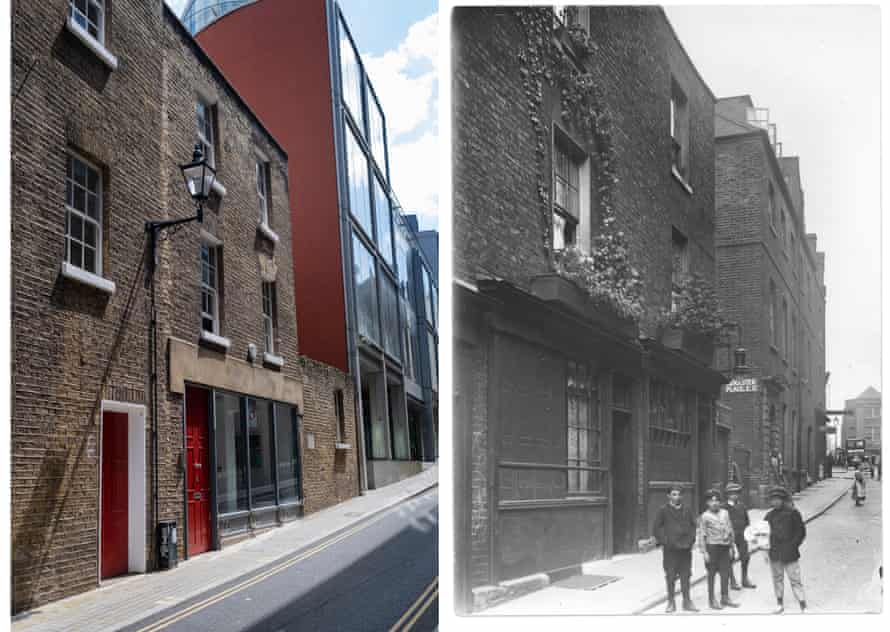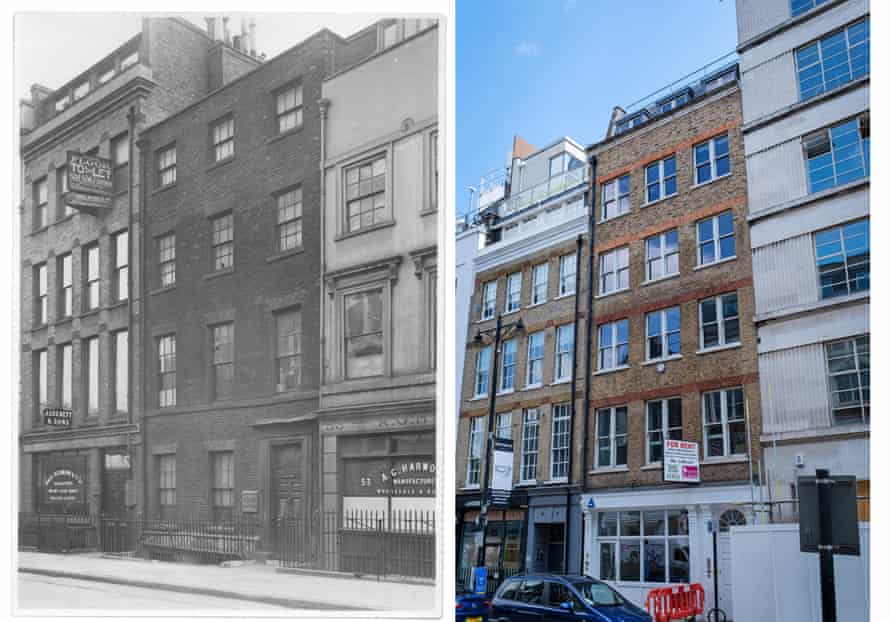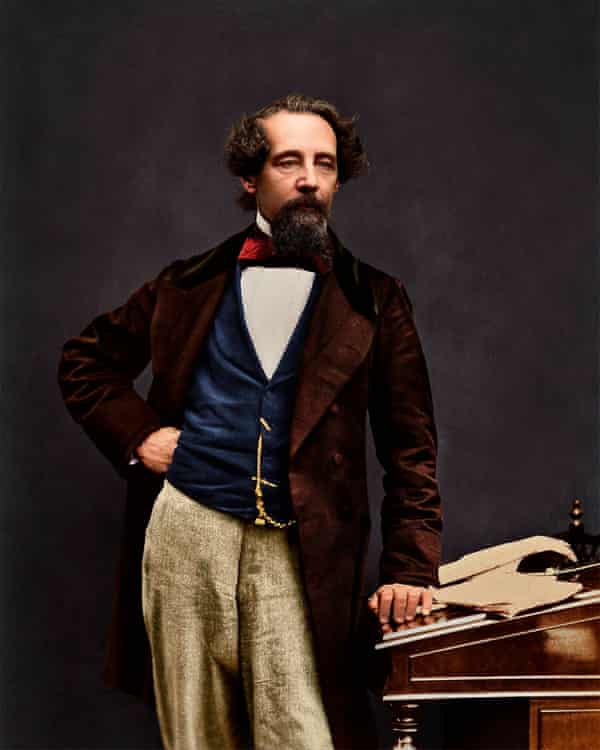When Charles Dickens was writing Oliver Twist in 1837, he required a suitably horrible magistrate to preside over Oliver’s trial for pick-pocketing. Dickens knew exactly who to base the character on: a notorious Mr Laing, who worked in Hatton Garden, down the road from the author’s London home on Doughty Street.
Dickens asked an acquaintance to “smuggle” him into Laing’s offices. The man would go on to appear in the novel, thinly disguised as the dreadful Mr Fang, a man of “flushed face” who, “if he were really not in the habit of drinking rather more than was exactly good for him, he might have brought action against his countenance for libel, and have recovered heavy damages”.
Now fans of Dickens will be able to trace his journey to Laing’s offices, as the Charles Dickens Museum at 48 Doughty Street prepares to launch a new walking tour following in Dickens’s footsteps around the places that inspired Oliver Twist. From Saffron Hill, formerly a notorious slum and the home of Fagin’s den of thieves, to Clerkenwell Green, where Oliver is pursued by a mob, the new tour and accompanying exhibition are intended to show how the novel “was shaped by Dickens’s life and his world and the streets around him”, said curator Louisa Price.

Laing’s office is a stop on the tour, while the letter in which Dickens asked for help in observing the magistrate will feature in the exhibition. “In my next number of Oliver Twist, I must have a magistrate; and casting about for a magistrate whose harshness and insolence would render him a fit subject to be ‘shewn up’ I have, as a necessary consequence, stumbled upon Mr Laing of Hatton Garden celebrity,” Dickens wrote. “I know the man’s character perfectly well, but as it would be necessary to describe his appearance also, I ought to have seen him, which (fortunately or unfortunately as the case may be) I have never done.”
The exhibition also includes a page from Dickens’s handwritten manuscript of the novel, letters from Dickens discussing the writing process and a previously unseen locket belonging to the author, which contains a lock of hair from his sister-in-law Mary Hogarth. Mary lived with Dickens and his wife, her sister Catherine, and died suddenly in May 1837, at the age of 17. Her death devastated the author, and she inspired the character of Rose Maylie in Oliver Twist.
“He and Catherine were just distraught,” said Price. “Rose is effectively Mary – good, young and beautiful. Dickens manages to sneak in a eulogy to Mary in the closing chapters, describing the happy ending Rose gets, getting married and having children – the story he wished Mary would have had.”
Dickens came up with the idea for Oliver Twist weeks after he and Catherine brought their first child home to Doughty Street. The novel began as a serial in 1837, at the same time as The Pickwick Papers, also published serially, when Dickens was just 25.

“It’s a very busy period – he has his next two children in quick succession and they’re born at Doughty Street,” said Price. “We have a red chair in our drawing room and we know from his brother-in-law’s reminiscences that when he was writing Oliver Twist, Dickens would sit in it and write while interjecting and talking to them. It feels quite exhausting when you realise how much was going on in his life at the time.”
The Charles Dickens Museum’s new self-guided walking tour, with accompanying audio guide, launches alongside the exhibition on 30 June. It includes locations such as Brownlow Mews, which gave Dickens the name of Oliver’s adoptive father; Gray’s Inn Road, where Dickens visited coffee houses; The One Tun Pub in Saffron Hill, which claims to be the basis for the novel’s fictional pub The Three Cripples; and the former slums that Dickens visited as part of his research, keen to highlight poverty in the capital that the middle classes tried to ignore.

“[Oliver Twist] was generally very well received. People did really pick up on his depictions of the criminal world and the poor,” said Price. “But there were also some people who said that it was not true, and those slums don’t exist.”
Contemporary reviews of the novel will also feature in the exhibition, including Queen Victoria’s assessment. She described Oliver Twist as “excessively interesting”, while Lord Melbourne, prime minister at the time, was distressed that “it’s all among workhouses, and coffin makers … and pick-pockets … I don’t like those things, I wish to avoid them, I don’t like them in reality therefore I don’t wish them represented.”
There was also one less than prescient write-up in the 1837 Quarterly Review. “Mr Dickens writes too often and too fast,” the reviewer asserted, adding: “If he persists much longer in this course, it requires no gift of prophesy to foretell his fate – he has risen like a rocket, and he will come down like the stick.”





